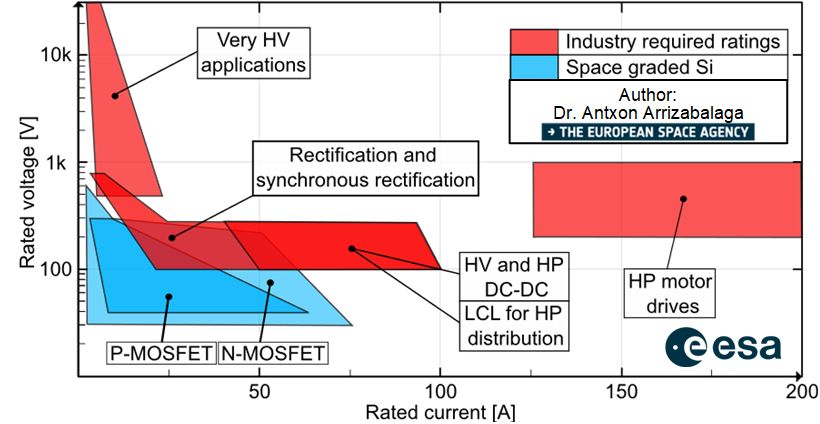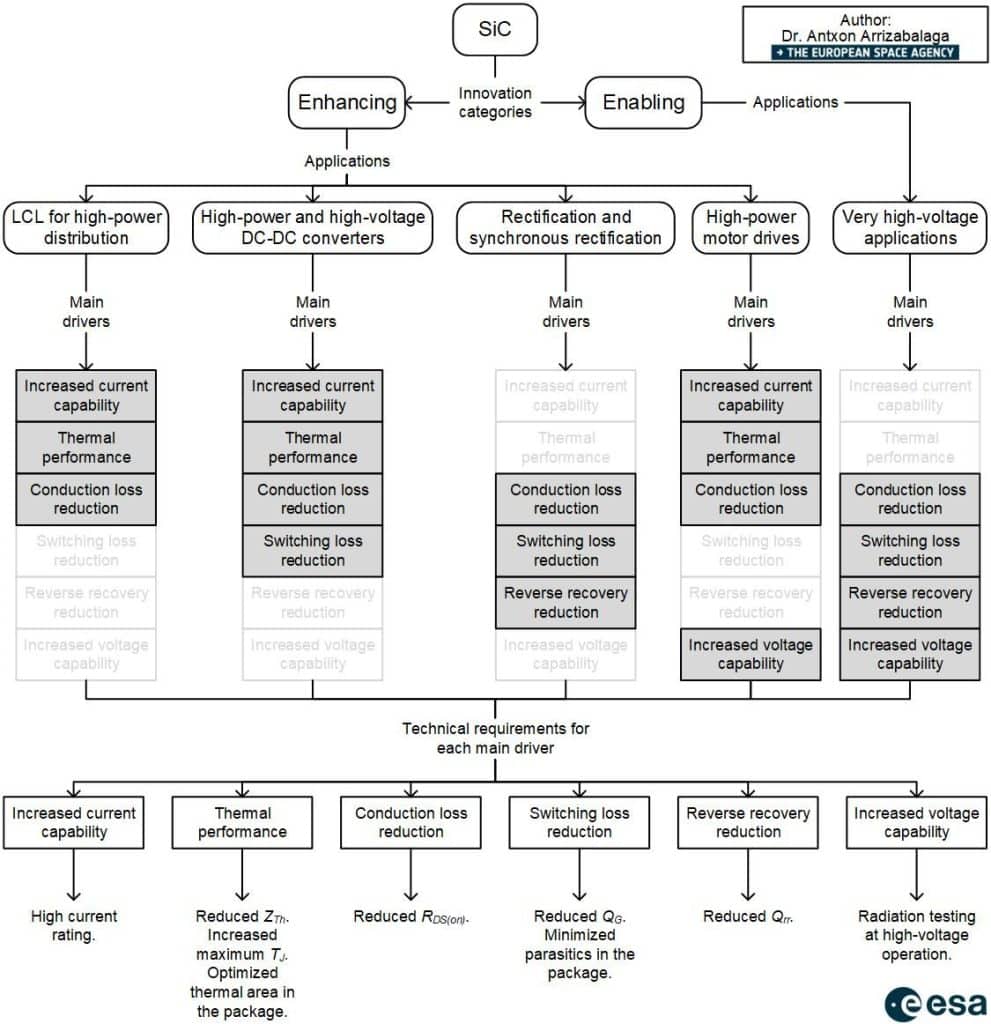-
LATEST NEWS / PROJECTS / SiC / WBG2 Min Read
The U of A celebrated a milestone with the topping-out of the Multi-User Silicon Carbide Research and Fabrication Facility.
More than 100 students, faculty, state leaders and citizens were on hand to sign the steel topping-out beam and hear remarks from Kim Needy, dean of the College of Engineering, and Alan Mantooth, Distinguished Professor of electrical engineering.
The new semiconductor research and fabrication facility will produce microelectronic chips made with silicon carbide, a powerful semiconductor that outperforms basic silicon in several critical ways. The facility will enable the federal government – via national laboratories – businesses of all sizes and other universities to prototype with silicon carbide, a capability that does not presently exist elsewhere in the United States.
Work at the research and fabrication facility will bridge the gap between traditional university research and the needs of private industry and will accelerate technological advancement by providing a single location where chips can go from developmental research to prototyping, testing and fabrication.
The 21,760-square-foot facility, located next to the National Center for Reliable Electrical Power Transmission at the Arkansas Research and Technology Park, will address obstacles to U.S. competitiveness in the development of silicon-carbide electronics used in a wide range of electronic devices, circuits and other consumer applications. The building will feature approximately 8,000 square feet of clean rooms for fabrication and testing.
Education and training within the facility will also accelerate workforce development, helping supply the next generation of engineers and technicians in semiconductor manufacturing.
Original – University of Arkansas
-
LATEST NEWS / PROJECTS / WBG2 Min Read
Coherent Corp. announced that it secured $15 million in funding from the Creating Helpful Incentives to Produce Semiconductors (CHIPS) and Science Act of 2022 that provided the Department of Defense (DoD) with $2 billion to strengthen and revitalize the U.S. semiconductor supply chain.
One of the key objectives of the CHIPS program is to nurture ecosystems that reduce risk, incentivizing large-scale private investment in production, breakthrough technologies, and workers. To that end, the DoD, through the Naval Surface Warfare Center Crane Division and the National Security Technology Accelerator, established eight Microelectronics Commons regional innovation hubs in September, including the Commercial Leap Ahead for Wide-Bandgap Semiconductors (CLAWS) Hub based in North Carolina and led by NC State University.
As a member of the CLAWS Hub, Coherent will receive $15 million to accelerate the commercialization of next-generation wide- and ultrawide-bandgap semiconductors, namely, silicon carbide and single-crystal diamond, respectively.
“We are excited to be recipients of funding from the CHIPS Act, delighted to be part of the CLAWS Hub, and proud to help the U.S. establish a strategic, long-term leadership position in these critical next-generation semiconductor technologies,” said Sohail Khan, Executive Vice President, Wide-Bandgap Electronics.
“Wide- and ultrawide-bandgap semiconductors enable the electrification of transportation, including road vehicles, high-speed trains, and mobile industrial machinery. They also enable smart power grids to efficiently respond to fluctuations in energy demands by regulating the delivery of electricity from conventional and renewable sources to distribution networks, as well as to and from utility-scale power storage and microgrids.”
In addition to DoD requirements for high-voltage, high-power applications and systems including hybrid electric vehicles (HEVs), more electric aircraft (MEA) components, directed energy, Navy vessel power systems, and all-electric ships, silicon carbide power electronics are increasingly recognized for their potential to greatly improve the energy efficiency of artificial intelligence (AI) data centers and traditional hyperscale data centers, where power consumption is growing rapidly due to the exploding demand for data- and compute-intensive workloads from AI, cryptocurrency mining, and blockchain applications.
Single-crystal diamond promises to exceed the performance of silicon carbide and greatly expand the applications universe with quantum computing, quantum encryption, and quantum sensing.
Original – Coherent
-
LATEST NEWS / PROJECTS / SiC / WBG
Tianjin Economic-Technological Development Area Inked Investment Agreement with Vitesco Technologies
1 Min ReadTianjin Economic-Technological Development Area (TEDA) inked an investment agreement with Vitesco Technologies for a new project for NEV intelligent manufacturing and automotive electronic products. With the new project, Vitesco aims to strengthen its presence in TEDA by introducing new products such as silicon carbide power modules, 800V motor stators and rotors, EMR3 three-in-one axle drive systems, high-voltage inverters, battery control units, and gearbox controllers.
Vitesco Technologies is a global leader in automotive technology development and manufacturing, dedicated to providing advanced driving technology for sustainable mobility. Vitesco Technologies has been cooperating with TEDA for many years.
The establishment of its R&D center in TEDA in 2019 marks a major step forward in the NEV market, upgrading the Vitesco Tianjin Base into a super factory integrating R&D, testing, and production. Thomas Stierle, member of the Executive Board and head of Electrification Solutions Division of Vitesco Technologies, expressed confidence in China, Tianjin, and TBNA. He stated that Vitesco Technologies will continue to increase its investment in TBNA and deepen cooperation in manufacturing R&D and technological innovation.


